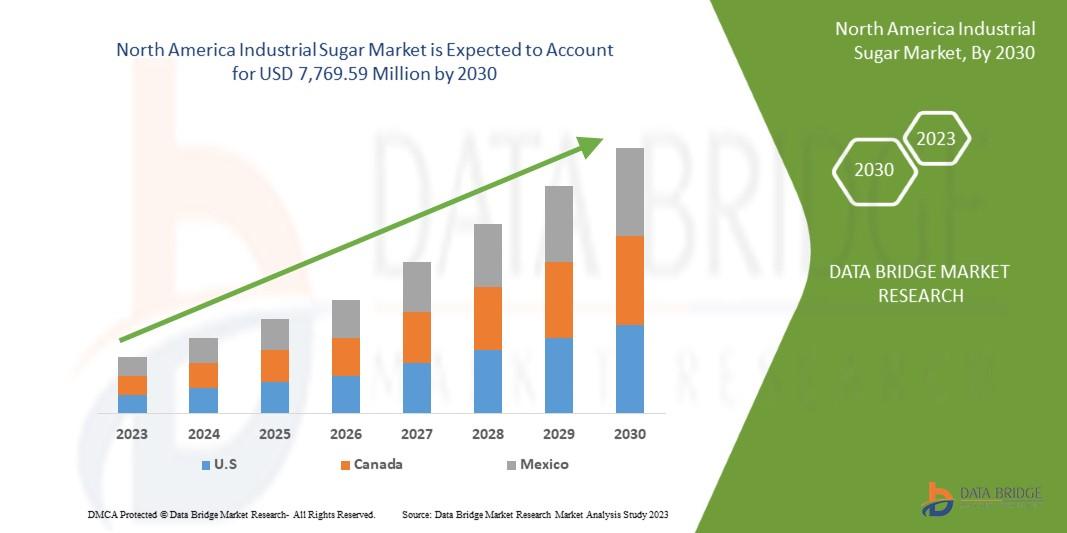Non-Invasive Glucose Meter MarketTrends Report: Size, Segments, Growth & Forecast Overview
Introduction
The non-invasive glucose meter market is gaining momentum as a promising alternative to traditional finger-prick blood glucose testing. These devices aim to measure blood sugar levels without penetrating the skin, using technologies like optical sensing, electromagnetic waves, and wearable biosensors. For people with diabetes, non-invasive glucose meters promise improved convenience, better adherence, and reduced discomfort.
Market Overview
-
The demand for non-invasive glucose monitoring is growing rapidly, driven by the rising prevalence of diabetes globally.
-
Traditional glucose monitoring methods (finger-sticks) often face low compliance due to pain, cost, and inconvenience.
-
Non-invasive devices are increasingly seen as a next-generation solution, leveraging advancements in sensor technology, miniaturization, and data analytics.
-
The shift toward wearable healthcare technology also supports adoption, as many non-invasive meters can be integrated into patches, smartwatches, or handheld scanners.
Key Market Drivers
-
Rising Diabetes Prevalence: As more people are diagnosed with diabetes, there is greater need for frequent glucose monitoring, which fuels demand for painless options.
-
Patient Comfort and Compliance: By eliminating the need for pricking, non-invasive meters reduce pain and encourage more regular monitoring.
-
Technological Innovation: Improvements in optical sensors, AI, and signal processing are making non-invasive devices more accurate and reliable.
-
Wearable Healthcare Trend: Growing adoption of wearables supports continuous glucose tracking rather than intermittent testing.
-
Healthcare Cost Pressure: Non-invasive devices can reduce the long-term cost associated with test strips and lancets, especially for frequent users.
Market Challenges
-
Accuracy and Reliability: Many non-invasive devices struggle to match the accuracy of traditional glucose meters, which is a major barrier to clinical adoption.
-
Regulatory Hurdles: Gaining regulatory clearance for medical-grade non-invasive devices can be difficult.
-
High Development Costs: Research and development costs for advanced sensors and algorithm development are significant.
-
User Trust: Patients and healthcare providers may be skeptical of new technology, especially if performance is inconsistent.
-
Power and Size Constraints: Wearable non-invasive meters need to balance sensitivity, power consumption, and form factor.
Opportunities
-
Integration with Smartphones & Apps: Pairing non-invasive meters with mobile apps for real-time glucose trend tracking, alerts, and data sharing.
-
Continuous Glucose Monitoring (CGM): Developing non-invasive CGM systems for long-term, real-time monitoring.
-
AI and Predictive Analytics: Using machine learning to improve signal interpretation and predict glucose fluctuations.
-
Wellness & Preventive Applications: Expanding beyond diabetes into wellness markets, such as tracking glucose trends for fitness or metabolic health.
-
Emerging Markets: Growth potential in developing regions where diabetes prevalence is rising and access to traditional glucose testing is limited.
Market Segmentation
-
By Device Type:
-
Wearable (patches, watches)
-
Handheld/Portable (scanners, tablets)
-
-
By Technology:
-
Optical Sensing (e.g., near-infrared, spectroscopy)
-
Electromagnetic Sensing
-
Transdermal (e.g., sweat-based sensors)
-
Breath Analysis
-
-
By End User:
-
Type 1 Diabetes Patients
-
Type 2 Diabetes Patients
-
Prediabetics
-
Hospitals and Clinics
-
Wellness/Preventive Consumers
-
Regional Insights
-
North America: Leads due to high healthcare spending, strong regulatory infrastructure, and early adoption of wearable technologies.
-
Europe: Growing interest in non-invasive solutions, supported by healthcare innovation and chronic disease management strategies.
-
Asia-Pacific: Rapid growth potential, driven by increasing diabetes prevalence, rising awareness, and expanding healthcare access.
-
Latin America & Middle East: Emerging markets with opportunity for non-invasive devices due to unmet need and cost pressures.
Competitive Landscape
Major players in this market are focused on:
-
Developing prototype and commercial products using optical, electromagnetic, or sweat-based sensing.
-
Forming partnerships with technology firms to integrate machine learning and AI for better calibration and predictive accuracy.
-
Investing in clinical trials and regulatory submissions to achieve medical-grade validation.
-
Expanding in wearable form factors (smart patches, smartwatches) for continuous monitoring.
-
Building distribution networks through hospitals, clinics, pharmacies, and direct-to-consumer channels.
-
Browse More Reports:
Global Screenless Display Market
Global Smart Advertising Market
Global Spin Mops Market
Global Sweet Modulators Market
Global Thermostatic Faucet Market
Global Trichinosis Treatment Market
Global Aspartic Acid Market
Global Multigrain Snack Pellets Market
Global Brewing Enzymes Market
Global Coated Paper Market
Global Lipofection Reagents Market
Global Long Read Sequencing Market
Global Pediatric Congenital Athymia Treatment Market
Global Child Resistant Packaging Market
Global Rare Biomarkers Market
Future Outlook
-
The global non-invasive glucose meter market is projected to grow significantly in the next decade as technology matures and regulatory hurdles are addressed.
-
As consumer trust increases and early devices prove their reliability, adoption will expand in both medical and wellness segments.
-
Continuous, non-invasive CGM systems could become mainstream, especially for highly engaged users and patients who need frequent monitoring.
-
Innovations in biosensor materials, AI signal processing, and low-power electronics will further drive market growth.
-
There is also strong potential for synergistic applications in preventive health, wearable wellness, and telehealth.
Risks and Considerations
-
If non-invasive meters fail to achieve clinical accuracy, adoption could stall or regress.
-
Cost of adoption could be prohibitive for some users, especially without reimbursement or insurance coverage.
-
Data security and privacy for connected devices remain a concern, especially for health data.
-
Competition from existing, proven continuous glucose monitors (CGMs) and finger-prick meters may slow user transition.
Conclusion
The global non-invasive glucose meter market represents a highly promising frontier in diabetes care. By combining cutting-edge sensor technology with wearable innovation, these devices aim to make glucose monitoring more user-friendly, less painful, and more integrated into daily life. While challenges remain — particularly around accuracy and regulation — ongoing research and commercial development are likely to deliver viable products. Over time, non-invasive meters have the potential to reshape how people with diabetes and wellness-focused consumers track their glucose.
Contact Us:
Data Bridge Market Research
US: +1 614 591 3140
UK: +44 845 154 9652
APAC : +653 1251 975
Email:- corporatesales@databridgemarketresearch.com



